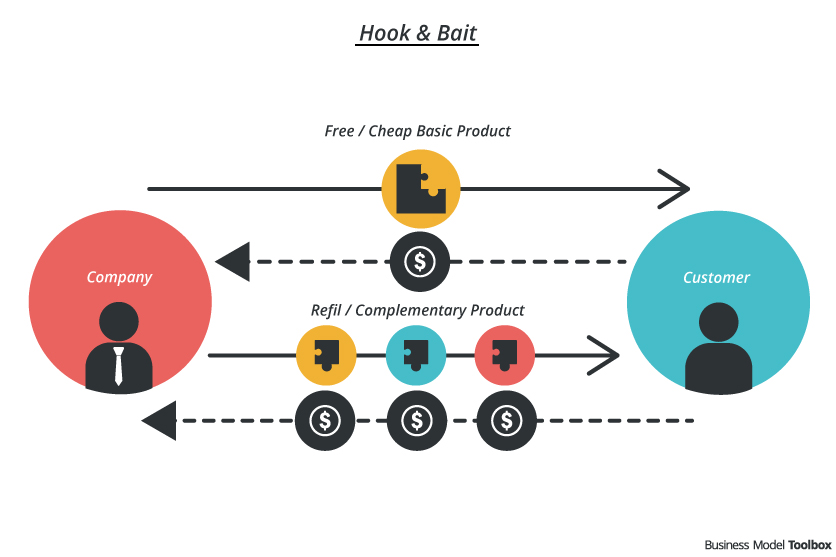Empathy Map
Description
~ Kate Zabriskie
The Empathy Map is divided into 6 different categories:
1. What does he see?
How does his environment look like? What offers does he see every day? Who are his family, friends, partners..?
2. What does he hear?
What does he hear from friends, customers, boss and colleagues or from publicity
3. What does your he think and feel?
What is important to him? What are his dreams? What does he worry about?
4. What does he say and do?
What does he tell others? What is he doing and what are tyical activities? What does he use as support? What technical devices is he using?
5. What are his pain points?
What are the most frustrating things? What challenges and what risks does he faces every day?
6. What are his gain points?
What makes him happy? What does he really like? What makes something successful? How does he reach his goals?
Strengths
- Helps structuring different perspectives of a person’s opinion, belief and needs
- Supports you when interviewing a person or observing / immersing in a person’s situation
- Gain deep understanding and insights on a person
Weakness
- The insights are often based on assumptions (e.g. what someone feels)
Application
The Empathy Map fits on one page and is designed to be printed out and to be filled in.
Use the Empathy Map to collect information during an interview or observation: The different categories support you to not only listen but also taking care of other aspects during an interview. Often the body language or the surrounding can tell you a different story. You can also use the Empathy Map to synthesize and cluster the information after an interview or observation.
Use sticky notes because they can be easily removed or changed. Only write one aspect on every sticky note and use different colors to highlight something.
View on Responsibility
Resources
- XPLANE first introduced the Empathy Map




Very good and helpful for all organizations.
Good information for business and life.
A mindful leader practices empathy.